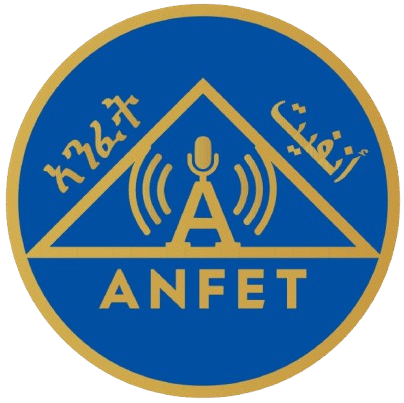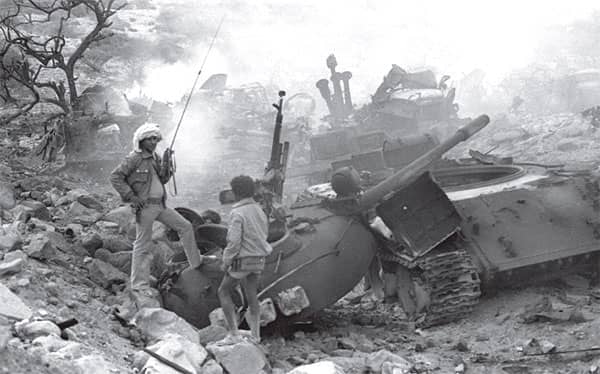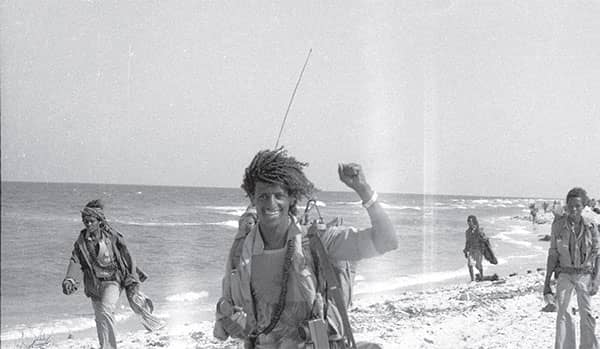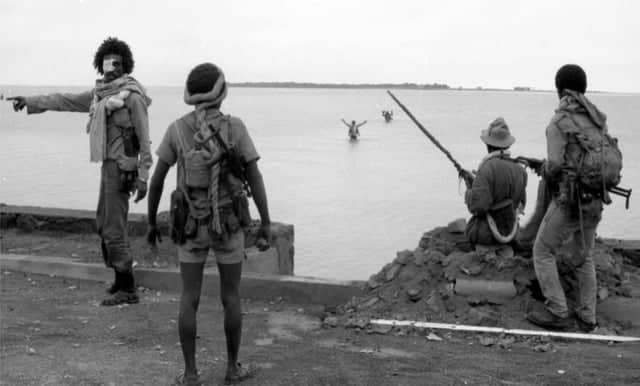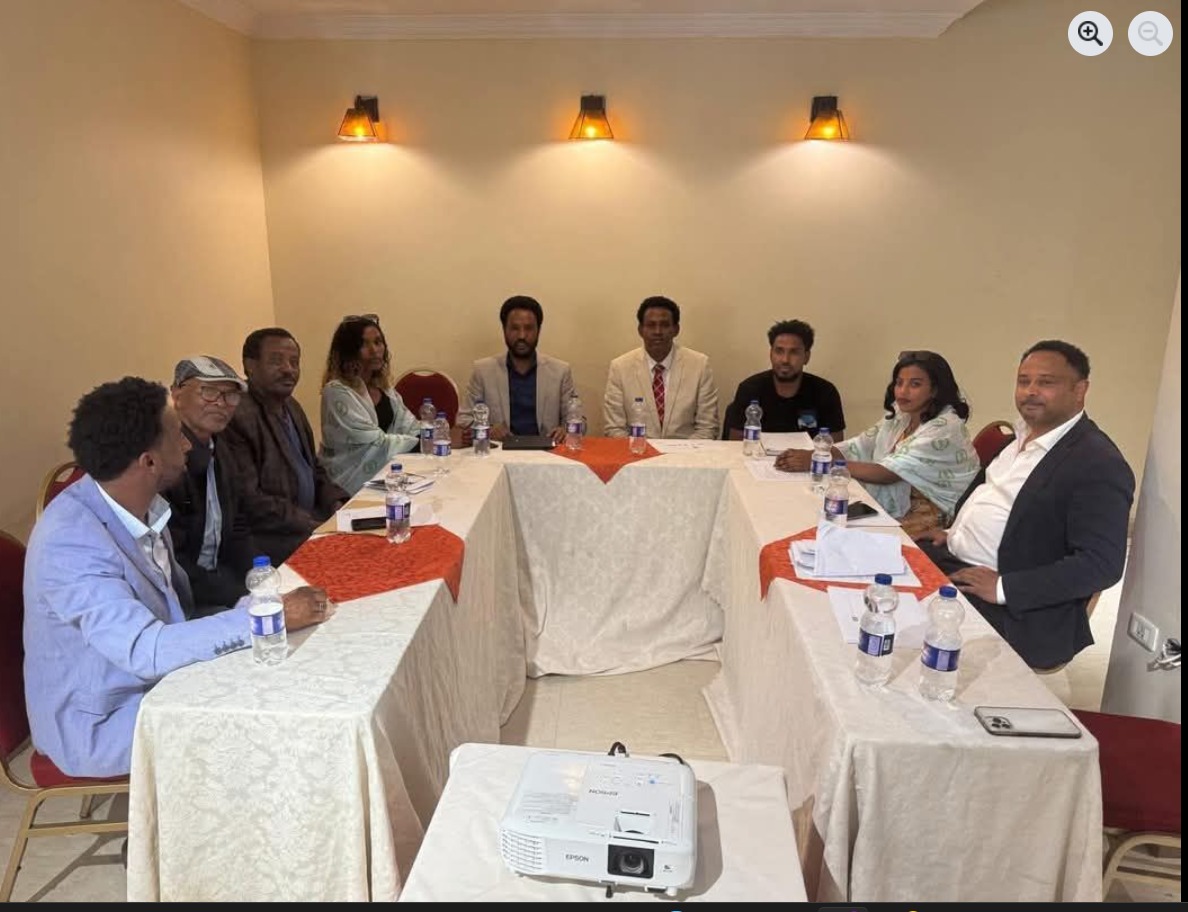
In every vibrant mosaic of talent, true strength is born not only from passionate resolve but also from a meticulously assembled organization. For the new June 8th Brigade N’Hamedu—a rallying cry in these turbulent times—the call for rectification is both urgent and inevitable. This is not merely an organizational mandate; it is a plea to revive and fortify a movement that must, against all odds, endure.
On that fateful June 8th, amid rising hopes and anxious anticipation, a declaration emerged. Three figures—an expressive artist whose creative spirit defies suppression, a keen historical critic armed with the lessons of the past, and a skilled foreign relations specialist—joined their voices to herald the reimagined Brigade N’Hamedu. Their ambition was to convene an all-youth national conference, crafting an edifice capable of meeting threats both on the battlefield and in the broader arena of political solidarity. They embodied the promise of unity, turning expectation into a beacon of rebellion.
However, the echoes of history are never behind. Over seventy years, modern Eritrean politics has been a tapestry woven through triumph and tragedy. The turbulent 1940s saw the seeds of sectarian discord sown, only to be followed by the clandestine brilliance of the 1955–1958 Eritrean Liberation Movement (ELM), which, with its national conference, whispered of a united future. By 1961, the Eritrean Liberation Front had embarked on an armed struggle against foreign occupation—yet internal coordination faltered, and by 1963, the ELM was systematically eliminated. The drama escalated in 1971 when the ELF conducted its inaugural congress against a splinter faction, the Peoples’ Liberation Front. As fate would have it, the PLF transformed into the EPLF—a metamorphosis that culminated in the eclipse of the ELF in 1981, all under the shadow of a now infamous solidarity with the Tigray Peoples Liberation Front. The cycle of upheaval continued: in 1991, the EPLF emerged as the sole authoritarian power, and by 2001, the regime had silenced not only opposition politicians and independent media but also any semblance of constitutional order. Even democratic pulses in 2011 and 2021—with ventures like the Awasa National Congress and Yeakel’s civic movement—failed to spark a perennial national dialogue, leaving the stage dark until the early stirrings of 2025.
Amid this long legacy of fragmented struggle, the spontaneous uprising of Brigade N’Hamedu in 2023 shone as a hopeful anomaly. Spurred by impassioned popular artists—most notably Kiros Asfaha—the movement mobilized Eritrean youth across the diaspora, stoking a fervor against authoritarian rule. Yet, for all its magnetic appeal and grassroots support, the movement was hampered by its very spontaneity. Without a clearly defined political program, the collective ambition splintered, leaving behind separate factions that could not coalesce into the unified force once envisioned.
Today, as the nation stands before a formidable choice—compelled by the external specter of Ethiopia’s potential bid to seize the strategic port of Assab and haunted by the internal divisions among its ranks—the urgency for unity has never been clearer. The emergence of yet another faction within Brigade N’Hamedu suggests not the evolution of strategy, but a dangerous replication of history’s divisive patterns. An armed wing, however spirited, will not be guaranteed membership in the broader coalition of the Eritrean opposition unless the internal discord is resolutely addressed. There is wisdom, then, in the view that the current crisis—the existence of two, now three, competing BNH entities—demands a bold, unifying decision. Mere lamentations over the inefficiencies of past political organizations serve only to echo yesterday’s mistakes; decisive consolidation is the only path forward.
At this critical crossroads, the leaders of Brigade N’Hamedu are confronted with challenging choices that transcend mere administrative adjustment. Their decisions now will shape not only the future of a single movement but also the broader destiny of a people ensnared in a cycle of promise and heartbreak. In the confluence of external threats and internal strife, the call for unity stands as both a strategic imperative and a moral beacon—reminding us of that continuity in the struggle for freedom is forged not in isolation, but in the collective embrace of purpose, vision, and irrevocable solidarity.
